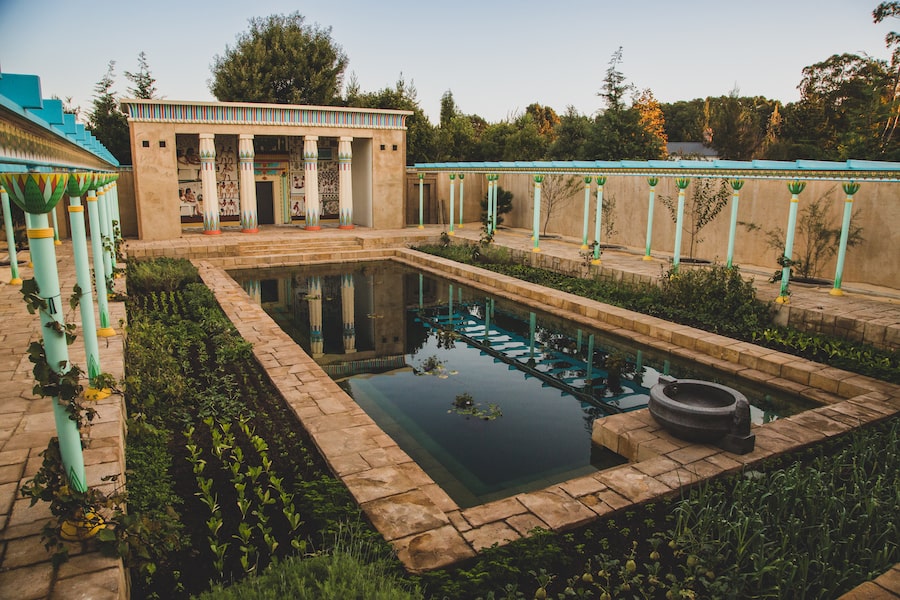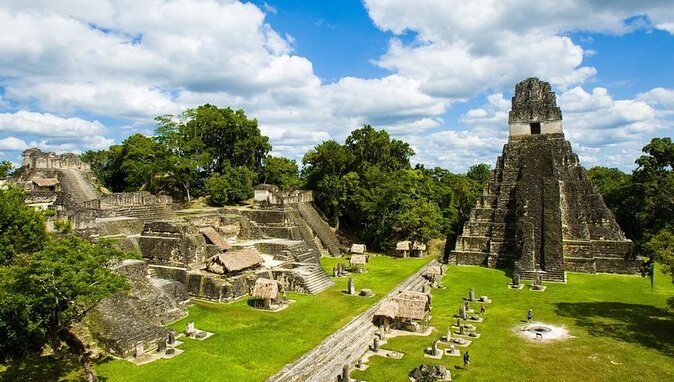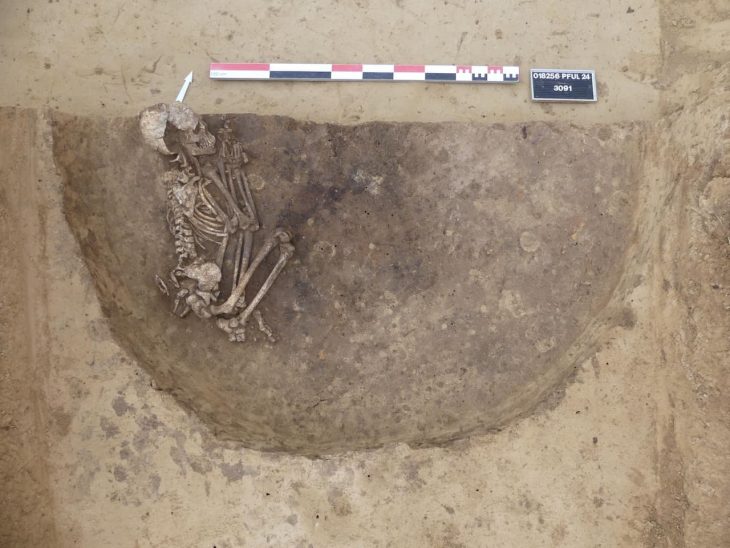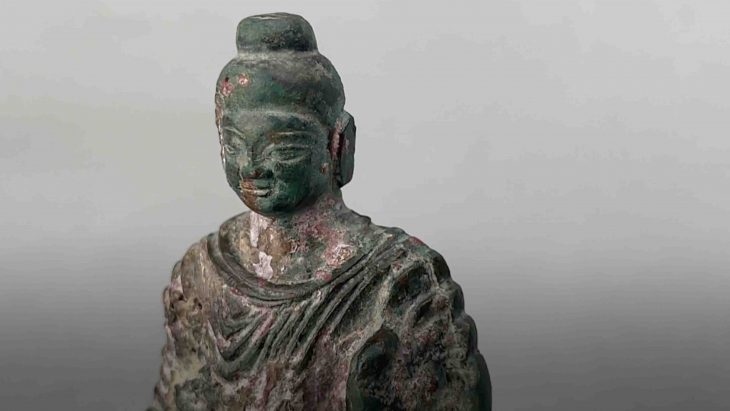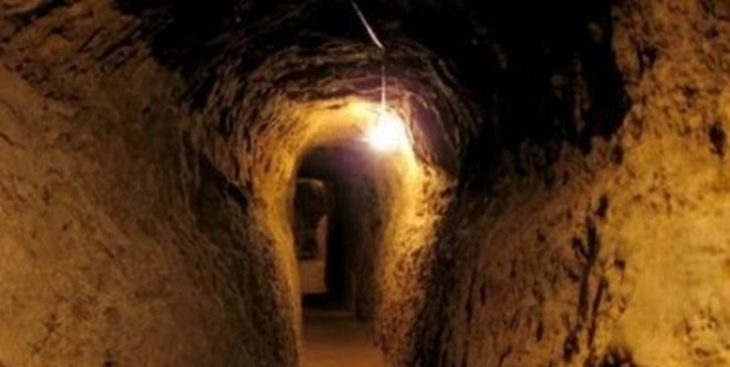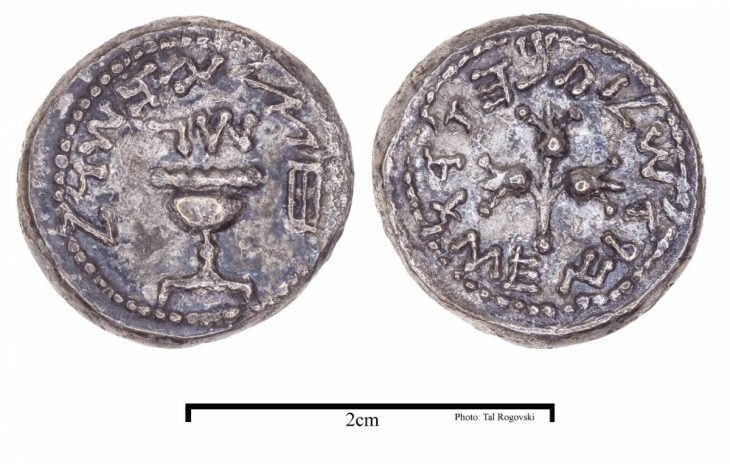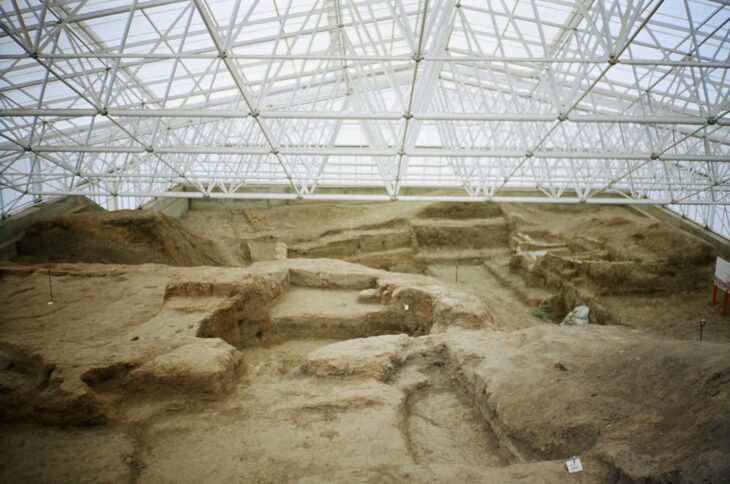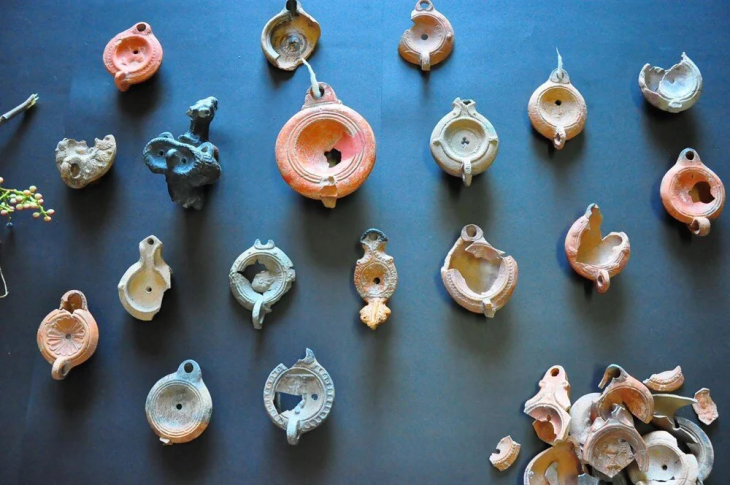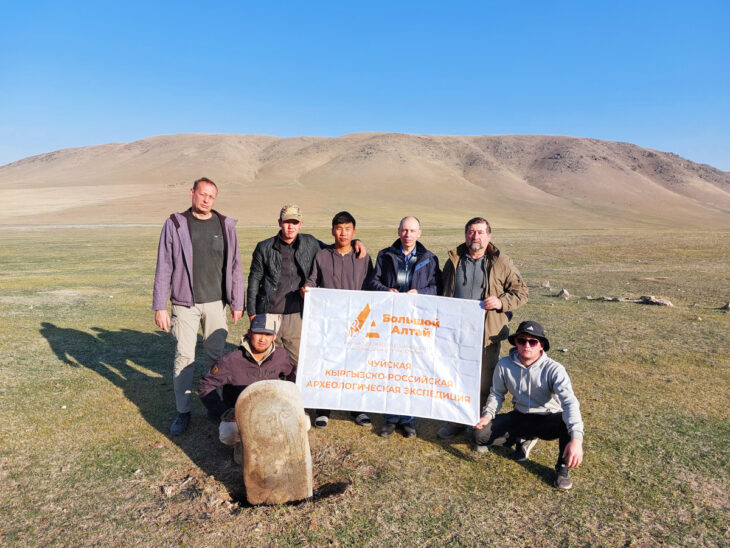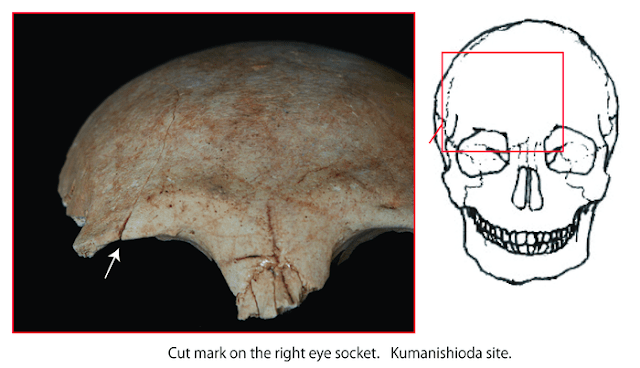Have you ever wondered what an ancient Egyptian garden was like? This is your opportunity to find out! The first ancient Egyptian garden in the world has been recreated and is now open to the public.
The Hamilton Gardens in New Zealand are giving visitors an opportunity to step 4,000 years back in time, explore the sacred plants of the Pharaohs and imagine you have come to ensure your soul will have safe passage through the dangers of the underworld into the promises of the afterlife.
The ancient Egyptian Temple Garden one of 18 themed gardens telling the history of gardening and civilizations over the ages at the Hamilton Gardens.
The Temple Garden at Hamilton Gardens is based on a typical temple from the Middle Kingdom period (2040 BCE to 1782 BCE). Temple gardens produced floral, vegetable, and fruit offerings for these sacred rituals. They grew the plants used in perfumes for anointing statues to the gods and garlands of flowers for religious processions.
Ancient Egyptians would not have been able to go into a temple garden as it was only for royalty and priests. A typical temple garden had a rectangular pool surrounded by a range of plants. They included pergolas covered in grapevines and has rows of trees planted alongside.
📣 Our WhatsApp channel is now LIVE! Stay up-to-date with the latest news and updates, just click here to follow us on WhatsApp and never miss a thing!!

Symbolism was a key feature of these gardens (as it was in all of Ancient Egypt). In addition to highly recognisable hieroglyphics, many individual elements of these temple courts were also symbolic.
“For ancient Egyptians, life on earth was a preparation for the dangerous journey into the afterlife. Temples and their gardens were a meeting place between heaven, earth, and the underworld,” said Lucy Ryan, Hamilton Gardens director.
With their famed belief in the afterlife, two false doors to the side of the temple (where only the highest priests were allowed to enter) provided an exit point for spirits traveling onwards.
The new garden is part of the “Productive Garden collection” that addresses aspects of the relationship between people and plants.
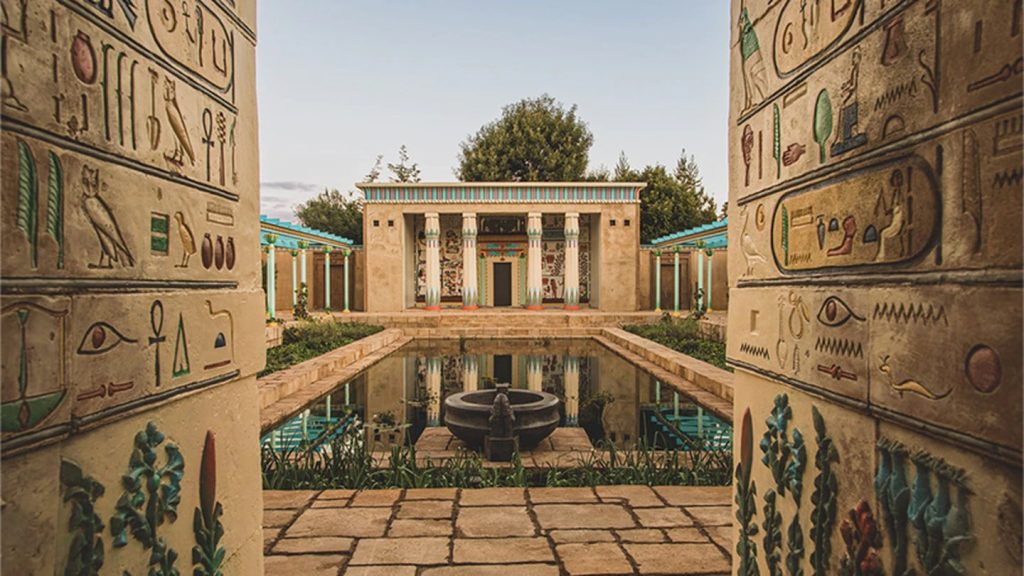
Thorough research was carried out when planning the recreation of this garden. Dr. Peter Sergel, the man who envisaged and designed the garden.
As part of his research, Sergel traveled to Egypt in 2018 and also drew on the expertise of Egyptologists at Oxford University and in New Zealand.
“We know what colors were used due to research on sealed tombs and chemical analysis, and they really were this bright,” Sergel said.
“On the outside, the pharaoh was making a statement to the public. But inside, it’s about what the pharaoh wants the gods to know about him. If you analyze this garden, it’s all about the afterlife. It’s a place for spirits and gods,” said Sergel.
“Our garden is probably a pretty modest garden compared to the ones they had,” Sergel said.
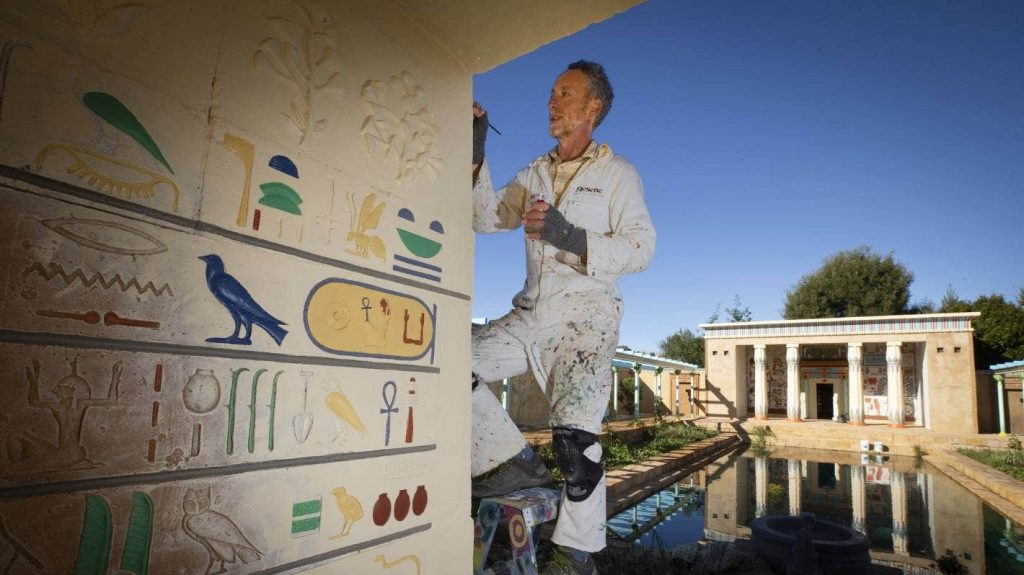
“Some of them were huge. Twenty women could row the pharaoh around in the pool. We know about Egyptians as builders of pyramids and temples and as fantastic artists. But they were also brilliant horticulturalists. Egypt was considered the breadbasket of the Roman Empire.”
“Hamilton Gardens tells the story of humankind and this garden reflects one of the first big steps in civilization, a belief system bringing communities together,” Sergel said.
Hamilton Gardens is free for all visitors and open 10 am to 5 pm every day.

